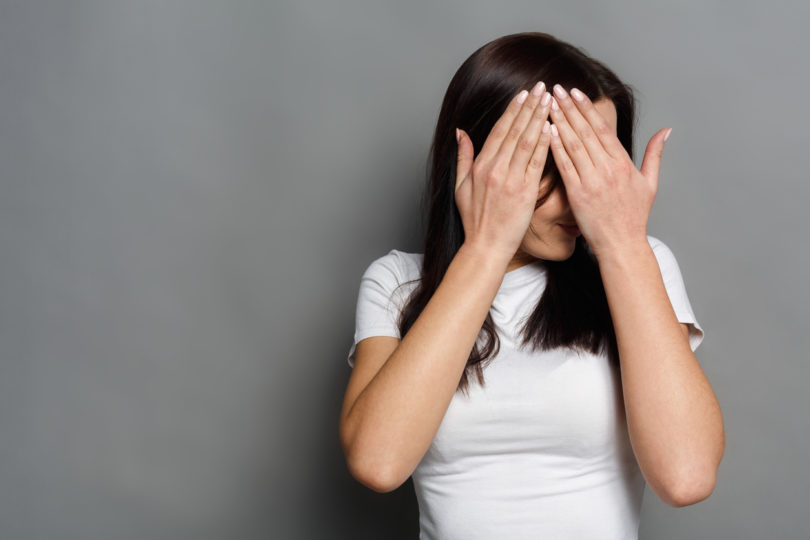As a teenager, I struggled with acne. When other girls my age were walking around fresh-faced, I only felt at ease when my makeup was caked on in layers to hide what I saw as mountainous pimples on my chin, forehead and nose. As I struggled through junior high, I thought about how great it would be if I were all grown up and didn’t have to worry about acne and the insecurities it caused. I just knew that by the time I was an adult, acne would be a thing of the past. Boy, was I mistaken.
More than a nuisance of adolescence, acne affects millions of adults as well. In fact, a 1999 study revealed that the median age of acne patients had increased to 26 years of age.
Recent studies suggest that one-fourth of all men and half of all women suffer from acne breakouts at least once in their adult lives.
Janet Minor of Williamsburg has suffered with acne since she was a teenager. Cystic acne—a severe form that develops into small cysts—had left Minor with scarring and lingering dark spots, called hyperpigmentation. Even into adulthood, Minor still struggled with breakouts.
“It makes you very self-conscious,” says Minor, now 51. “I would not look people in the eye, or I would turn [my face] to the side that [had less acne] to prevent people from staring at me. I didn’t want to go places because of a huge cystic nodule on my chin—it was embarrassing.”
So, what causes adult acne?
“The precise reason for adult acne remains unknown,” says Ruth Robinson of The Skin Clinic in Williamsburg. “It is most often caused by genetic and hormonal changes to include—but not limited to—birth control pills, PMS, pregnancy and menopause. In women over 35, hormonal fluctuations become more dramatic and unpredictable [as] they enter peri-menopause.”
Other contributing factors include side effects from certain medications, pore-clogging cosmetics and mental stress—all of which can trigger more oil production, adds Robinson.
Acne is mostly associated with adolescence,” Robinson continues. “Rarely is it looked at as an adult problem.”
Over the years, Robinson has seen many adult clients with acne. As a master aesthetician, she works with patients to teach them about skin conditions and how to take care of their skin.
“I think education is very important,” Robinson says. “I think most people don’t know a lot about their skin and often choose the wrong products.”
That was true in Janet Minor’s case.
As a teenager and an adult, Minor tried everything to combat her acne. She went to the dermatologist, tried different oral antibiotics and prescription creams as well as over-the-counter products.
“I tried anything and everything to get rid of [my acne], but I always ended up with no long-term management of it,” she shares.
Tired of her discolored skin and frustrated with continued flare-ups, Minor had considered plastic surgery before a friend pointed her to Robinson.
During a consultation, Minor learned from Robinson that her hormones, as well as diet and stress, were exacerbating her acne and that the over-the-counter products she was choosing were too harsh and were stripping her skin—causing more breakouts. Minor got started on a regimen of proper skin care products, regular facials and microdermabrasion (an exfoliator) to even out her skin tone.
Impressed with how much her skin improved, Minor took a job first as receptionist at The Skin Clinic and has since become an aesthetician herself.
“I wanted to be an aesthetician and [now] enjoy seeing my clients come in pleased, not frustrated with their skin,” Minor says of her new career. “It is very rewarding to have the ability to help people.”
While there is no magic pill to make acne disappear, it can be managed. The key to controlling acne, says Robinson, is knowledge.
Here are a few acne tips:
• Consult a dermatologist or aesthetician to determine the right products for your skin type.
• Avoid pore-clogging makeup.
• Reduce your stress level.
• Wash off sweat quickly after exercise.
• Avoid foods high in iodine, which can be an acne trigger.
• Try treatments such as light therapy, chemical peels and oxygenating facials.







